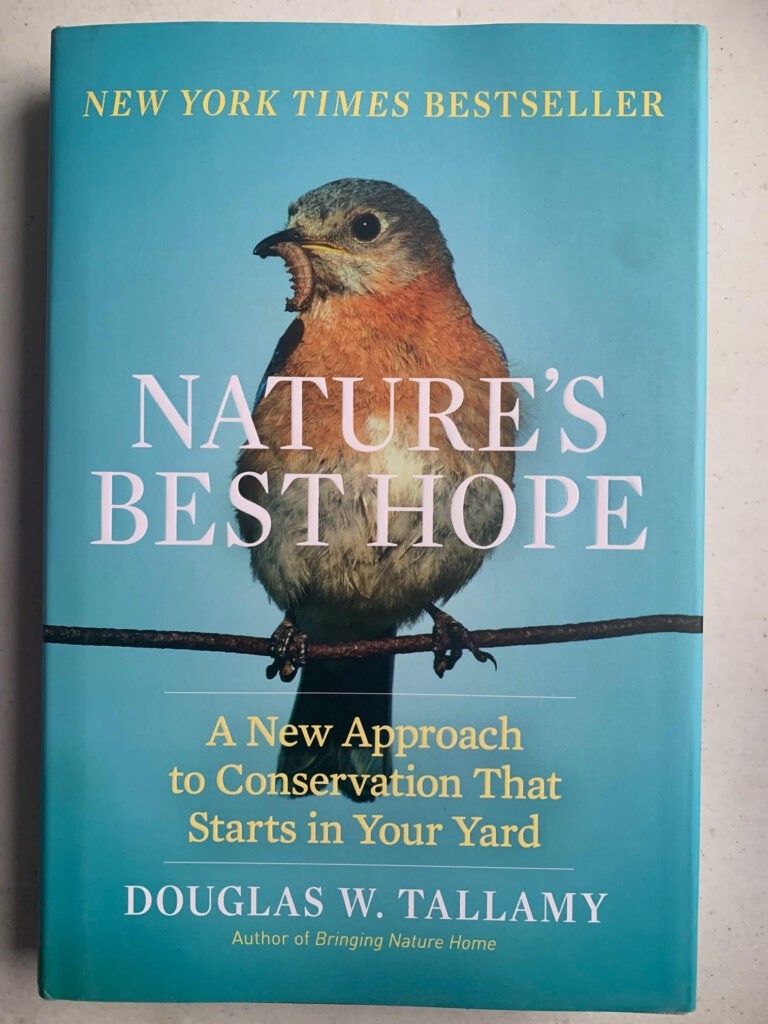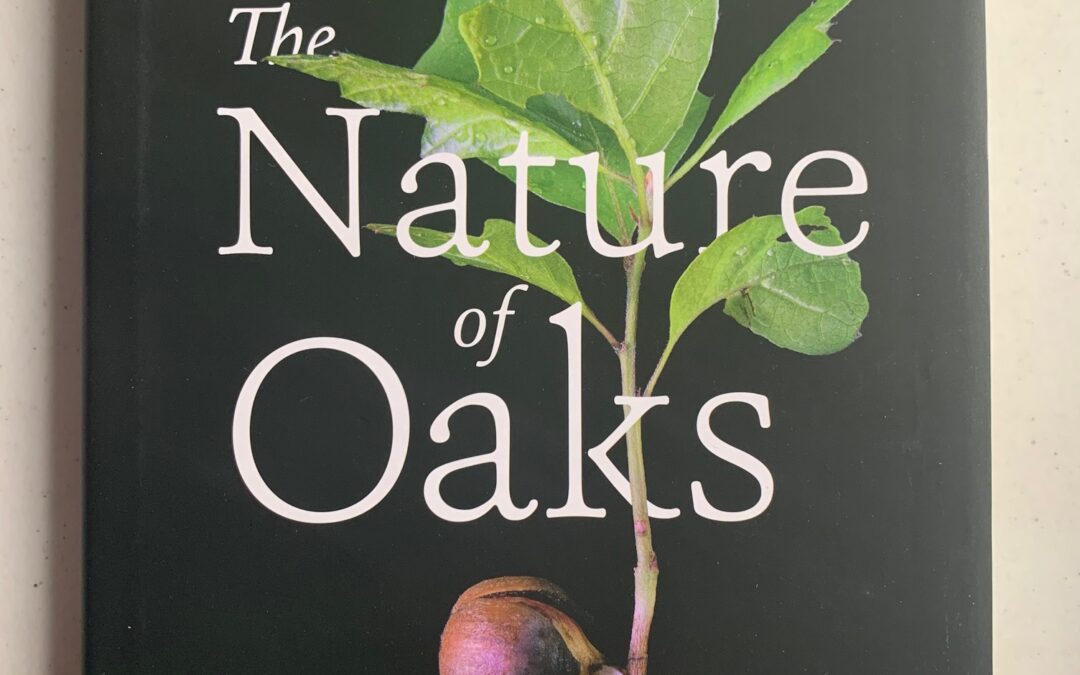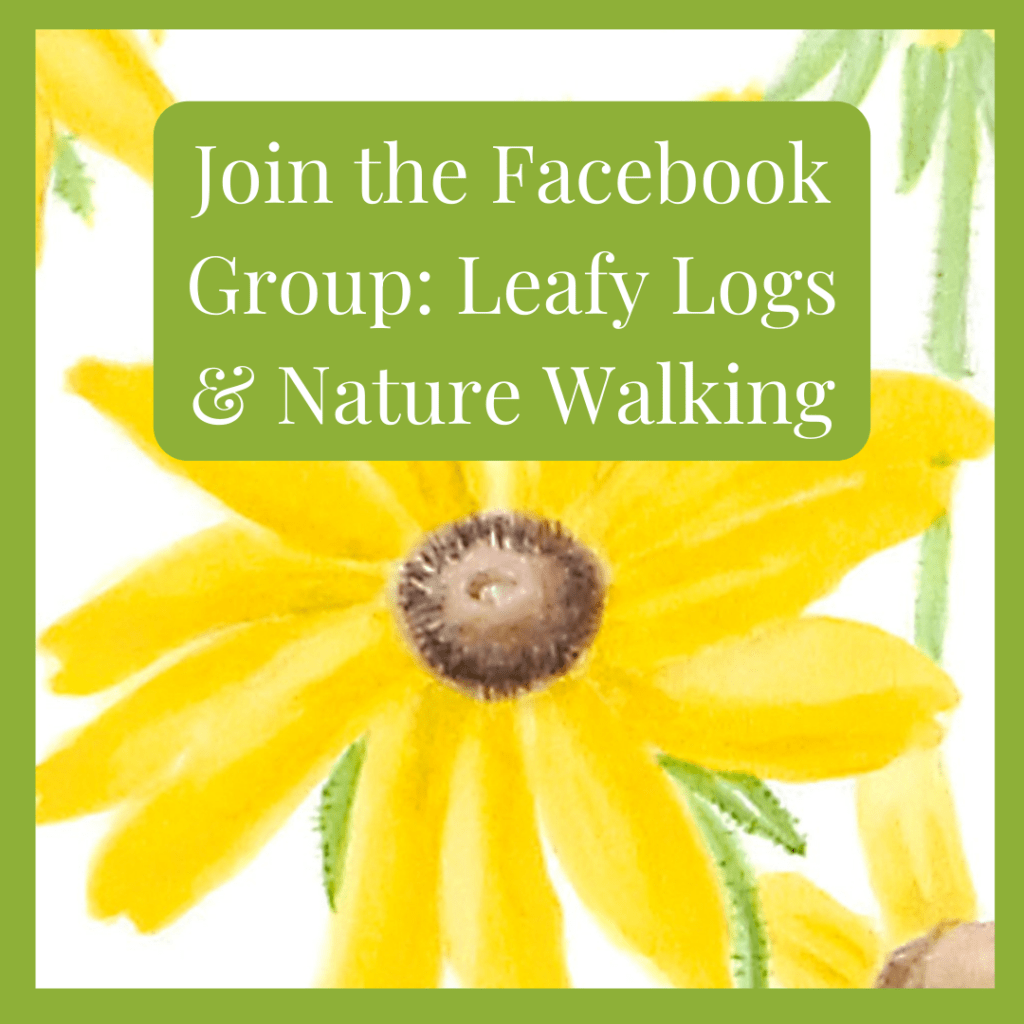When it is cold outside, I take pleasure in reading about nature. Yes, I still continue to walk. Sometimes I just walk through the unfinished parking lot of a nearby shopping mall, and sometimes I walk on my daughter’s farm. Either way, the usual buzz of insects is silenced by the cold.
One of my favorite authors, Douglas Tallamy, offers us two books on the importance of insects to the survival of our birds and other animals, and ultimately, to ourselves. He is fighting an upstream battle against centuries of prejudice against insects of all kinds. Insects are a vital part of the diet of almost all our favorite birds and many small mammals.
According to the counts made by Richard Brewer in 1961, it takes between 6000 and 9000 caterpillars to bring a nest of Carolina chickadees to fledging. Can you imagine how many trips the mama and papa bird need to take to the nest to feed just 4 or 5 babies? (Tallamy, Nature’s Best Hope, p. 137.) And where do they find all those caterpillars? I don’t see even 100 caterpillars during the whole summer! And I do look at a lot of plants. How do caterpillars hide so well from predators and how do the birds find them?
I learned that the hummingbirds I feed all summer in my yard, catch mosquitoes to provide the protein that their babies need. The sugar water I put into their feeders gives them a burst of energy, but not the protein for growing muscles and body repair.
We’ve all watched robins pulling worms out of the soil. They are a source of protein for them. What about the warblers and sparrows, the wrens and thrashers? What do they eat for protein? According to Tallamy, most of our songbird species eat caterpillars for protein. That is, the birds eat butterfly and moth babies to get protein.
How does he know that? People like Brewer and Tallamy’s students have taken videos of birds’ nests and they are able to count the number of times that the parents approach their nest and feed the babies. His students can also estimate the number of caterpillars that they pop into those babies’ mouths.
If you like to watch birds, then please pay attention to the health of our moths and butterflies which is essential to bird survival. What do these little caterpillars eat in order to grow big enough to become food for baby birds? Plants, of course. But caterpillars are VERY picky eaters. They make our finicky human 3-year-olds easy eaters compared to caterpillars. Each caterpillar will usually only eat one kind of plant.

We know that monarch butterfly caterpillars must have milkweed to grow. There are several kinds of milkweeds, but their young will eat only milkweed plants. If you have a pretty flower bed with geraniums and daisies, it won’t help the monarchs.
Each moth caterpillar and each butterfly caterpillar likes a different kind of plant. Whew! Imagine a preschool classroom where each child needed a different kind of sandwich for lunch! That would certainly test our dietitians and kitchen workers.
So how do you support your birds? How can each of us possibly plant enough varieties of native plants to satisfy all our caterpillars? Many of us have started planting milkweeds for the monarchs. I believe that we will soon see a resurgence of monarchs. Hopefully the milkweed will be accompanied by a reduction in insecticide use.
Planting native plants is the best method we know to help other species of moths and butterflies to thrive. Our butterflies have thrived for thousands of years on North American plants. British butterflies have thrived for thousands of years on plants growing in the British Isles. It is regionally-minded, but we must all grow the plants that our butterflies and moths have evolved over thousands of years to eat. A Weeping Willow from China may feed Chinese moths, but it will not feed North American moths.
So as you browse the winter catalogues for your summer gardens, be looking for native flowers. Stay alert to plants pre-treated with insecticides, and avoid them.
If you are giving books for the holidays, consider Douglas Tallamy’s books. I read the two most recent books voraciously, and then gave them to friends, because I thought they were so important and so well written. Nature’s Best Hope and The Nature of Oaks are the two I recommend.
Bringing Nature Home is his paperback, but I found it more difficult, and not as helpful for the lay reader.
We’ll be talking more about providing important food for our birds. And, no, I am not paid to promote these books. I have also never met Douglas Tallamy, but I hope to hear him speak some day soon and talk about his research.
*Tallamy, Douglas W., Nature’s Best Hope, Timber Press, 2020 and The Nature of Oaks, Timber Press, 2021.


